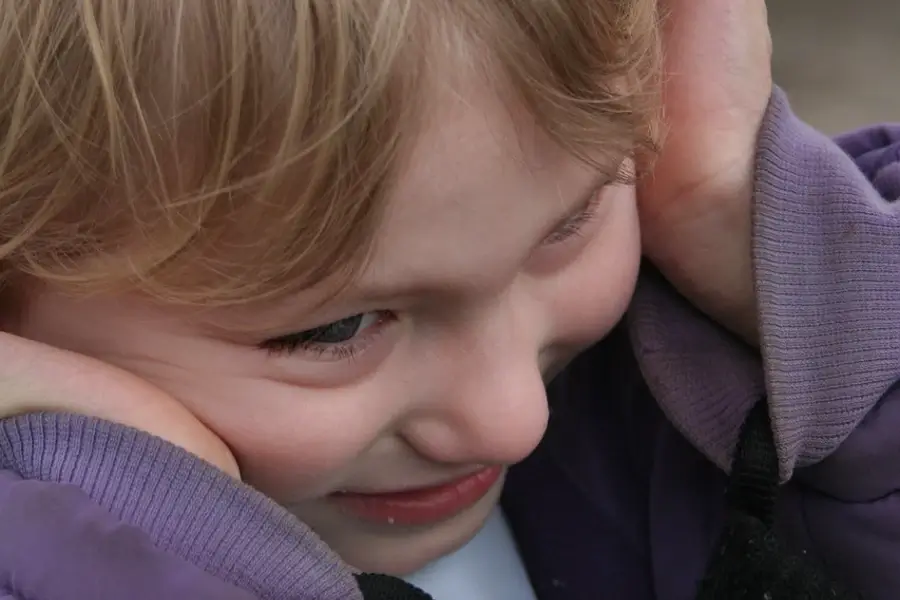Autism spectrum disorder, also known as ASD, is a developmental disease that has an impact on how a person sees and engages with the world around them.
It is characterized by difficulties with social communication and engagement, as well as behaviors that contain repetitive patterns or interests that are confined. A more in-depth look at autism spectrum disorder in youngsters is as follows:
Symptoms and signs include:
The ability to communicate and interact with others:
- Complications in interacting with other people and forming new friendships
- Problems in nonverbal communication, such as making eye contact and expressing emotions on the face
- Individuals who struggle to comprehend and react appropriately to social cues
- Inability to take turns or share responsibilities
Behaviors that are repetitive or interests that are restricted:
- Hand flapping and rocking are examples of repetitive movements
- Comprehensive concentration on particular subjects or activities
- Changes in habits or timetables that are difficult to adhere to
- Restrictions on one’s interests or desires
The spectrum of severity:
ASD is a spectrum disorder, which means that the severity of the disorder and the specific issues it presents can vary widely from child to child. There is a possibility that some children with autism spectrum disorder (ASD) would struggle significantly in all areas. In contrast, others may struggle more in certain areas than in others.
Initial Indications:
Providing care for children who have autism spectrum disorder requires early detection and intervention. The following is a list of possible early warning signals to keep an eye out for:
- One year from now, there is no babbling or pointing
- Not using a single word by the age of sixteen months
- Without the use of two-word phrases at the age of two
- suffers from a loss of previously learned social or linguistic abilities
- Avoids making direct eye contact
- Exhibits a preference for doing so alone
- Suffers from trouble articulating their interests or demands
The diagnosis is:
A single medical test cannot diagnose ASD. Diagnosis is normally carried out by a group of specialists, which may include a psychologist, a developmental pediatrician, and a pediatrician generalist. The child’s behavior, growth, and communication abilities are thoroughly assessed.
Applied Behavior Analysis (ABA) therapy is centered on teaching new skills and behaviors through positive reinforcement.
Management of:
Autism spectrum disorder (ASD) does not have a cure; however, there are effective treatments that can help control symptoms and enhance the quality of life of a kid. Some examples of these treatments are:
Applied Behavior Analysis (ABA) therapy is centered on teaching new skills and behaviors through positive reinforcement.
Children who participate in speech therapy may improve their verbal and nonverbal communication abilities as a result.
Occupational therapy is a form of therapy that can assist children in developing the skills necessary for routine activities of daily life, such as eating and clothing themselves.
Training in social skills: The development of social skills is a vital component of the growth and development of children. To provide children with the resources they need to have meaningful and productive interactions with their family members and the larger community, it is important to provide them with information.
This program helps children develop core interpersonal skills such as effective communication, empathy, conflict resolution, and social problem-solving through planned exercises and guided practice.
Through participation in social skills training, children acquire the ability to articulate their perspectives, emotions, and requirements in a manner that is respectful of the feelings and needs of others. They also develop the ability to comprehend and respond appropriately to social cues, which helps to encourage the development of stronger relationships and reduces the likelihood of experiencing social isolation or rejection from peers.
In addition, children who receive this instruction are better able to grow their self-confidence, learn how to control their emotions and negotiate difficult social situations with greater ease.
Essential part of child development to empower children to become well-adjusted, socially competent persons.
The development of children’s social skills can also have long-term benefits, including preparing children for successful academic and professional efforts and developing healthy and rewarding personal connections throughout their lives.
Parents, educators, and communities can invest in this essential part of child development to empower children to become well-adjusted, socially competent persons who are equipped to make a positive contribution to the world around them.
To add to the list of considerations:
The importance of early intervention, which begins as soon as concerns are raised, can greatly improve a child’s development and the consequences they will experience in the long run.
Spectrum of Needs: Because every child with autism spectrum disorder is an individual, their particular requirements will differ. The child’s strengths and challenges should be considered while developing treatment programs.
A variety of resources, including support groups, instructional materials, and access to therapies and services, are available to families of children diagnosed with autism spectrum disorder (ASD).
As a resource:
According to the National Institute of Neurological Disorders and Stroke: https://www.ninds.nih.gov/health-information/disorders/autism-spectrum-disorder
Centers for Disease Control: https://www.cdc.gov/autism/index.html
Autism Speaks: https://www.autismspeaks.org/
Keep in mind:
An autism spectrum disorder diagnosis does not determine a child’s potential. Children who have autism spectrum disorder have the potential to flourish and lead lives that are meaningful if they receive the appropriate care and intervention.
Have a conversation with your child’s pediatrician as soon as possible if you are concerned about your child’s growth. Early detection and intervention are essential components when optimizing your child’s potential.

